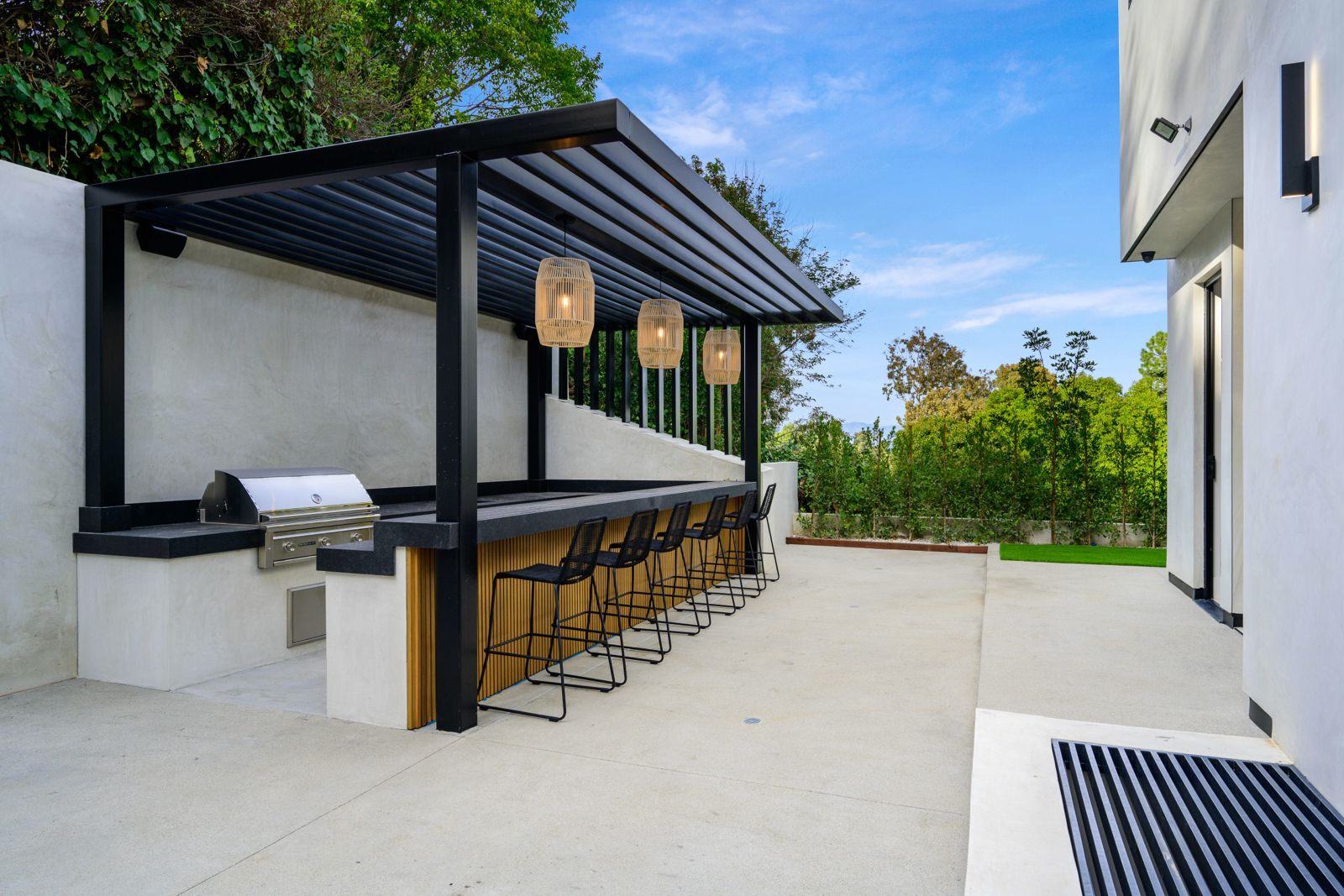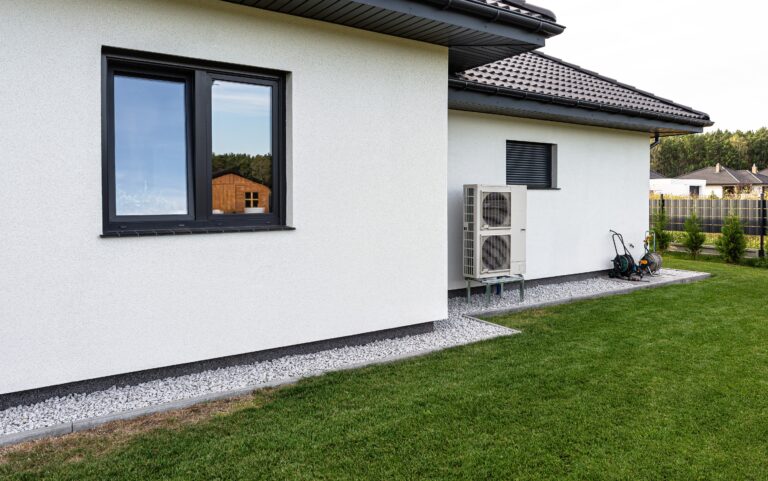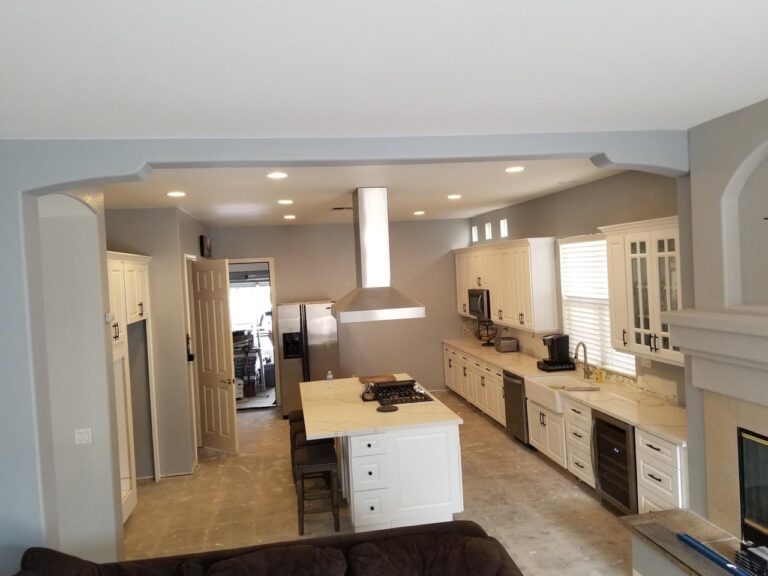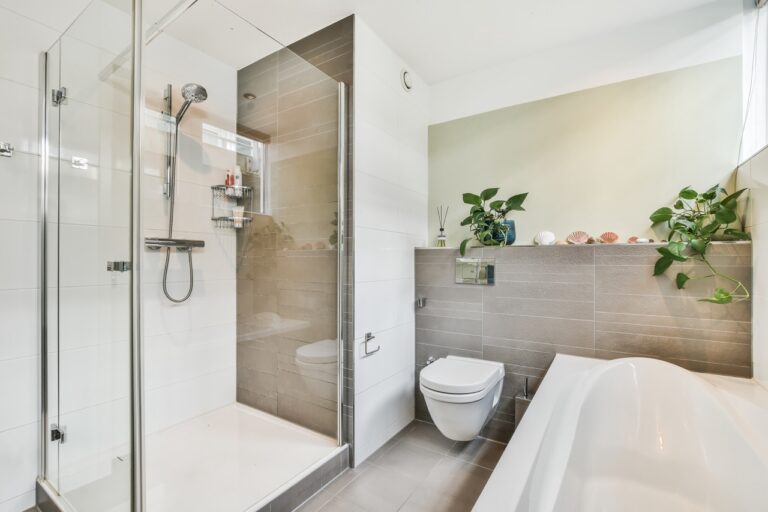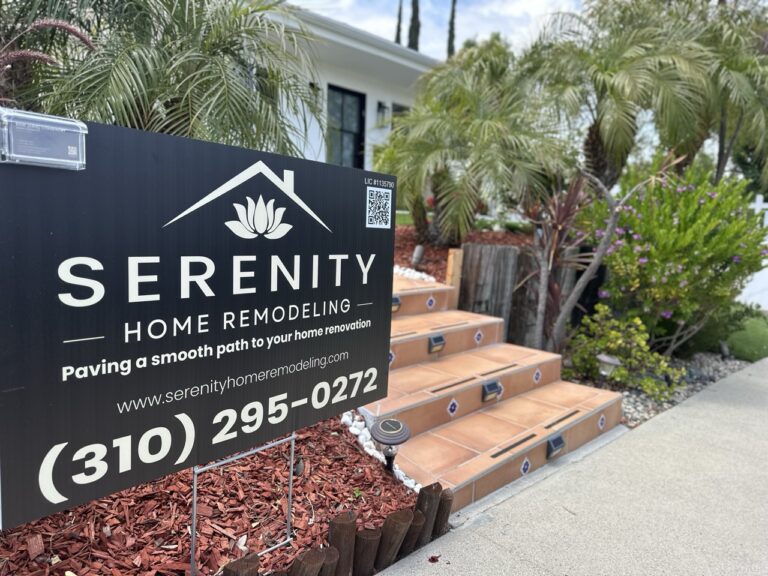Planning a full-house renovation is exciting, but without a clear financial strategy, costs can spiral quickly. West Covina homeowners face unique challenges like fluctuating material prices and regional permit requirements. Careful budgeting ensures your remodel stays on track and delivers long-term value. This guide explains proven methods to plan and manage a whole-home remodel in West Covina so you can transform your space while keeping your finances under control.
Define Your Remodeling Goals and Priorities
A successful budget starts with a clear vision. List the rooms you want to remodel and decide what matters most, whether it’s creating an open-concept kitchen, adding modern bathrooms, or improving energy efficiency.
Setting these priorities helps allocate funds where they count and prevents overspending on less critical features.
Key points to remember
- Identify must-have upgrades versus optional features.
- Estimate costs for each room or project phase.
- Consider how each improvement will increase comfort and resale value.
For more ideas on aligning goals with budgets, explore detailed remodeling insights here.
Research Costs and Local Requirements
West Covina’s building codes, permit fees, and inspection processes affect total costs. Research average material prices and labor rates for Southern California, and factor in permit timelines to avoid delays.
Understanding the local market prevents unpleasant surprises and helps create a realistic financial plan.
Key points to remember
- Contact the city’s building department for permit costs.
- Compare contractor estimates to gauge market rates.
- Include a buffer for unexpected price changes.
For regional guidelines and examples, find helpful information here.
Create a Detailed Remodeling Budget
A thorough budget lists every expense, from demolition and permits to final paint touch-ups. Break down costs into categories like materials, labor, fixtures, and contingency funds.
Including a 10 to 20 percent contingency protects against surprises like hidden structural issues or last-minute design changes.
Key points to remember
- Itemize all known expenses by room and category.
- Add a contingency fund for unexpected costs.
- Track expenses with a spreadsheet or budgeting app.
For guidance on organizing your remodeling plan, review practical resources here.
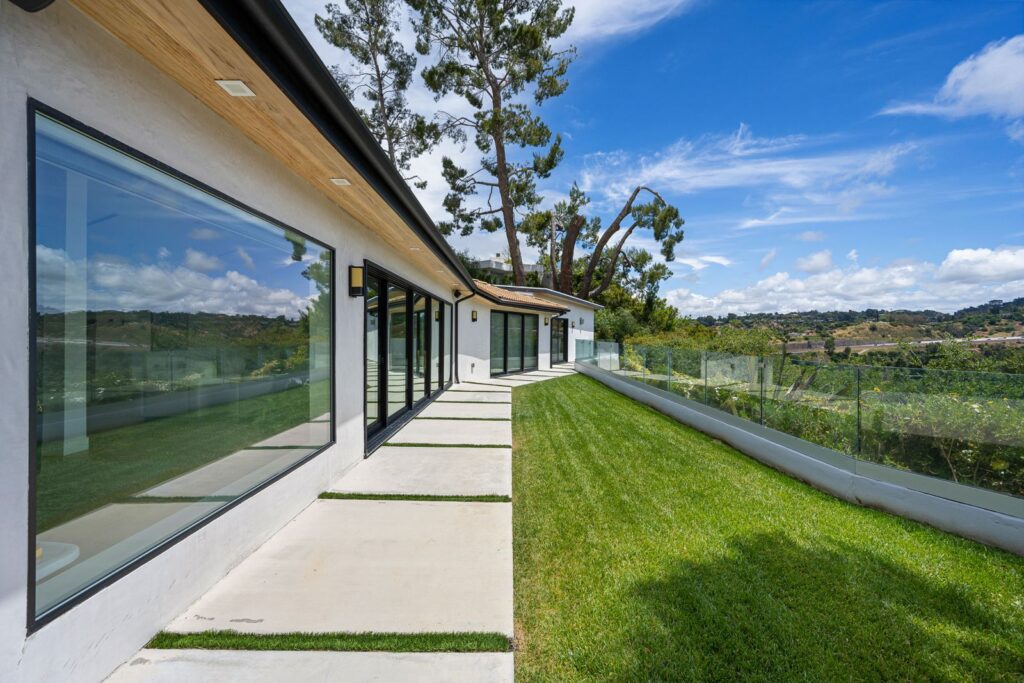
Compare DIY and Professional Labor Costs
While some homeowners take on tasks like painting or basic demolition to save money, many remodeling steps require licensed professionals for safety and compliance. Electrical rewiring, plumbing, and structural changes demand expertise.
Hiring certified professionals may cost more initially but often saves money in the long run by reducing errors and meeting building codes.
Key points to remember
- DIY can work for simple tasks but not for major construction.
- Professionals ensure proper permits and inspections.
- Quality work reduces future repair costs.
For insight on selecting qualified contractors, discover expert advice here.
Plan for Energy Efficiency and Long-Term Savings
Energy-efficient upgrades may cost more upfront but deliver lasting savings. Consider double-pane windows, LED lighting, and modern insulation to lower utility bills and add value to your home.
West Covina homeowners benefit from the area’s mild climate by choosing improvements that keep homes cooler in summer and warmer in winter.
Key points to remember
- Upgrade insulation and windows to cut energy costs.
- Install efficient appliances and HVAC systems.
- Explore rebates and tax credits for energy-efficient upgrades.
Learn how strategic upgrades can lower monthly expenses by reading professional insights here.
Schedule Projects Strategically
Timing can affect costs and convenience. Off-season remodeling such as late fall or early winter, often means better contractor availability and potential discounts. Sequencing projects wisely also reduces downtime and helps avoid duplicate labor costs.
Key points to remember
- Plan construction phases to minimize living disruptions.
- Schedule permits and inspections to avoid delays.
- Consider off-peak times to reduce contractor fees.
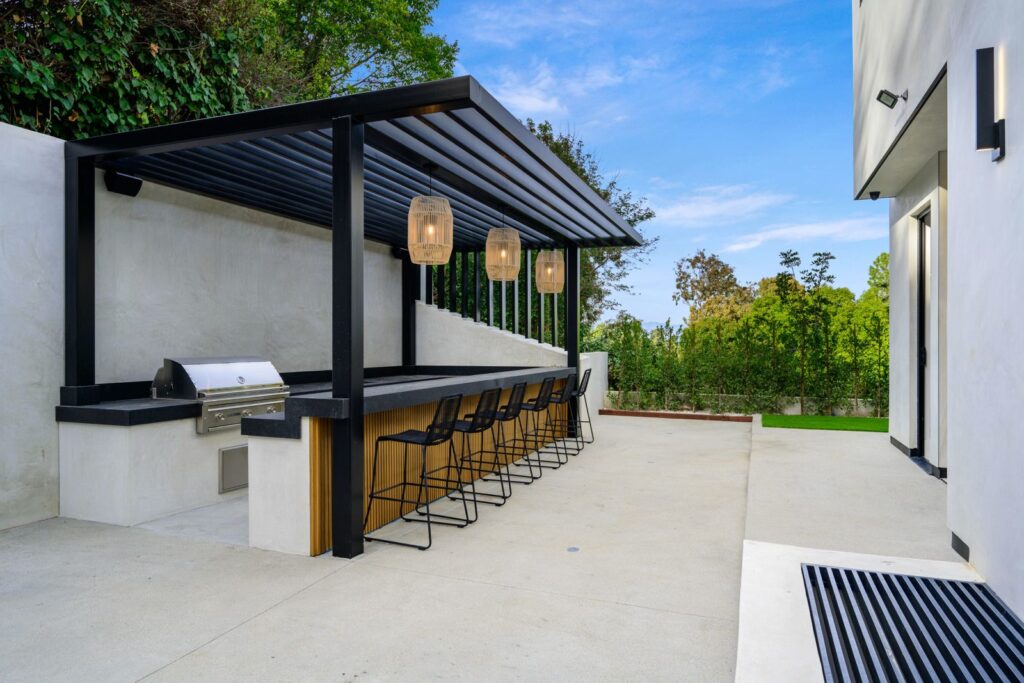
Monitor Spending During Construction
Once work begins, closely monitor invoices and track progress against your budget. Regular check-ins with your contractor help catch small overruns before they escalate.
Digital project management tools or simple spreadsheets make it easy to compare actual expenses with projections.
Key points to remember
- Review expenses weekly to spot cost overruns early.
- Document changes and approvals to avoid disputes.
- Keep receipts and contracts for warranty and tax purposes.
For additional planning support, find valuable resources here.
Conclusion
A successful West Covina whole-home remodel starts with smart budgeting. From setting clear goals and researching local costs to scheduling projects and monitoring spending, every step protects your finances and ensures a stress-free renovation. By balancing energy-efficient upgrades with careful planning, you’ll create a home that’s beautiful, functional, and financially sustainable.
When you are ready to take the next step, you can connect with an experienced remodeling team here. To learn more about their approach and see local project examples, explore their West Covina remodeling resources or read more expert budgeting tips before scheduling a consultation.
Frequently Asked Questions
1. How much does a full home remodel typically cost in West Covina?
Costs vary based on size, materials, and design but often range from moderate five-figure to six-figure budgets.
2. Why include a contingency fund in a remodel budget?
A 10 to 20 percent cushion covers unexpected issues such as hidden structural damage or material price increases.
3. What remodeling tasks can homeowners safely handle themselves?
Painting, basic landscaping, and simple fixture installation are common DIY tasks, but major work needs professionals.
4. How do energy-efficient upgrades save money long-term?
Better insulation, windows, and appliances reduce monthly utility bills and may qualify for tax credits or rebates.
5. When is the best time of year to remodel in West Covina?
Late fall or early winter can provide better contractor availability and potential cost savings.
6. How often should budgets be reviewed during construction?
Weekly reviews help catch overspending early and keep projects on track.
7. Can proper budgeting increase a home’s resale value?
Yes. Well-planned remodels improve aesthetics and energy efficiency, attracting buyers and boosting property value.
8. Should I hire multiple contractors or one full-service team?
One experienced team simplifies communication and scheduling, reducing delays and unexpected costs.
9. What permits are usually required for a whole-home remodel?
Building, electrical, and plumbing permits are common; requirements depend on project scope and local codes.
10. Is financing available for large remodeling projects?
Many homeowners use home equity loans or remodeling-specific financing options to manage costs.

